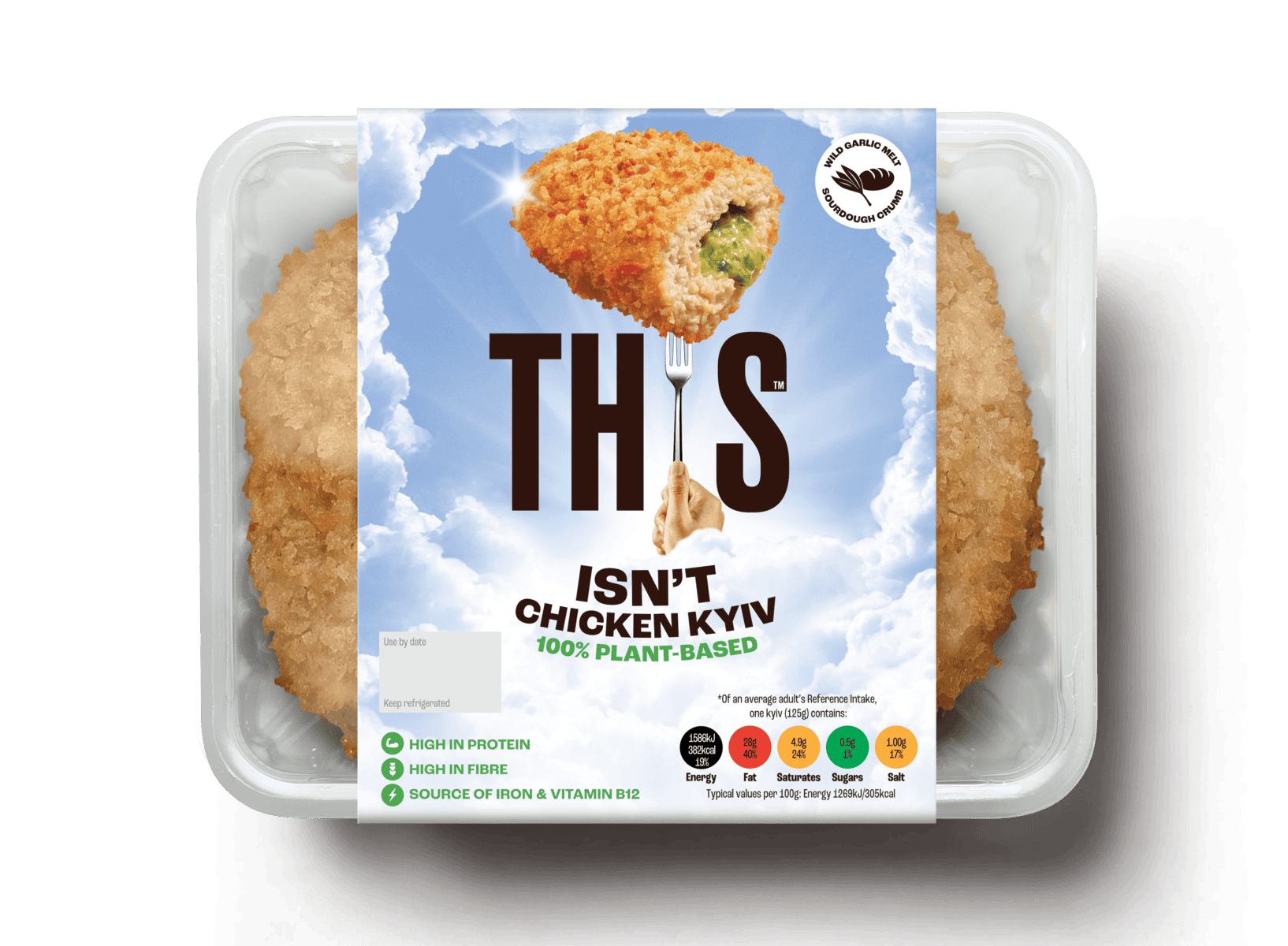While most U.S. adults get plenty of protein in their diets, the 2020-2025 Dietary Guidelines for Americans recommend shifting the food sources of proteins we consume for optimal health. For example, while average intake of total protein foods is at or above recommendations, average seafood intake is below recommendations. Intake of legumes is also low.
“Any protein source will meet one’s protein needs,” says cardiologist Dariush Mozaffarian, director of the Food is Medicine Institute at the Gerald J. and Dorothy R. Friedman School of Nutrition Science and Policy at Tufts University, “so it’s what comes with the protein that matters.”
A low-sodium food, for example, is a healthier source of protein than a saltier option, and a plant protein source, which also provides fiber, vitamins, minerals, and phytochemicals, is a better choice than a slice of bologna.
All proteins are built from just 20 amino acids. The body can manufacture 11 of these, leaving just nine that we have to get from food. These “essential” amino acids are found in animal foods (meats, poultry, fish/seafood, dairy, eggs) as well as in plant foods (particularly legumes, nuts, seeds, and some grains). Animal foods contain all nine of the essential amino acids (what used to be called “complete” proteins). Some plant foods contain all nine (for instance, soy, quinoa, chia seeds, and buckwheat), but most other plant foods are low in at least one of the essential amino acids (sometimes referred to as “incomplete” proteins).
Health and nutrition experts recommend eating more plant foods and less animal products. This will not create a problem with protein intake. In fact, it is possible to meet all protein needs without eating any animal products at all, as long as you eat a varied diet that includes all kinds of plant proteins, including legumes, whole grains, and nuts/seeds.


